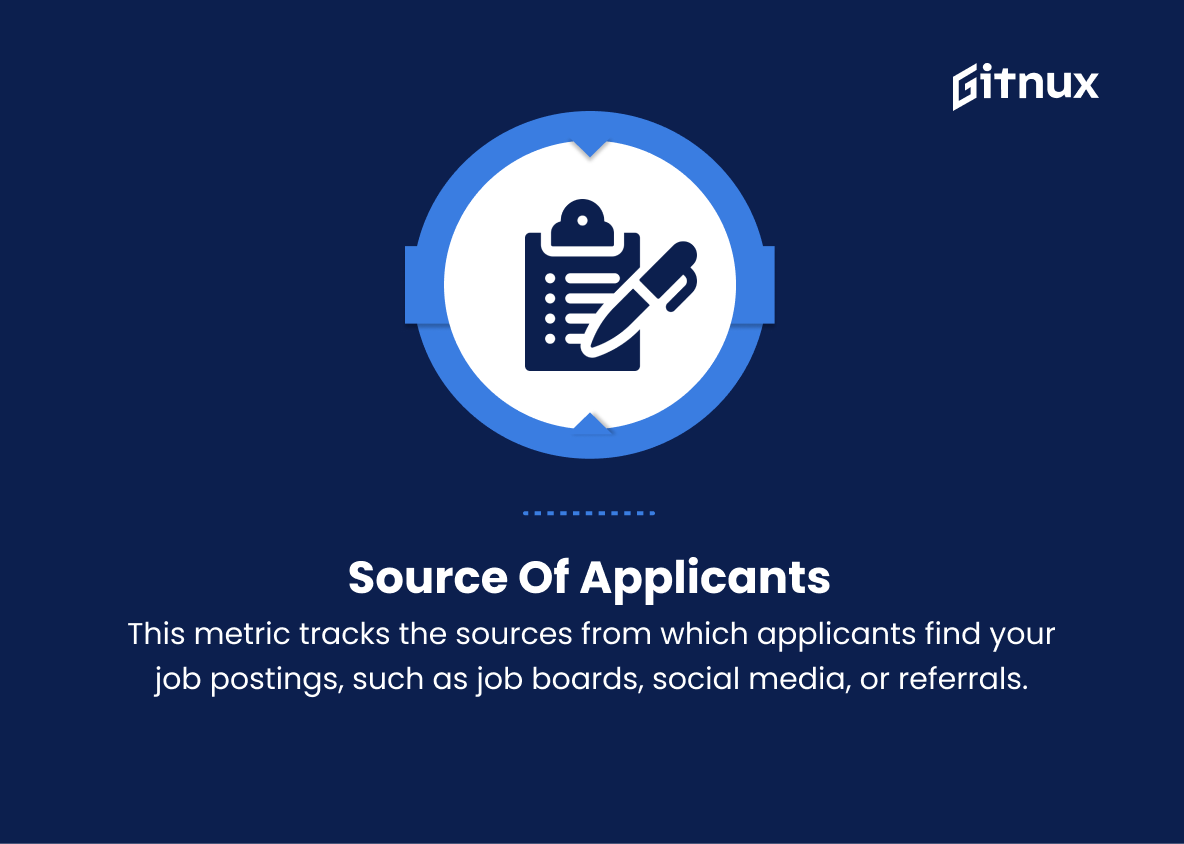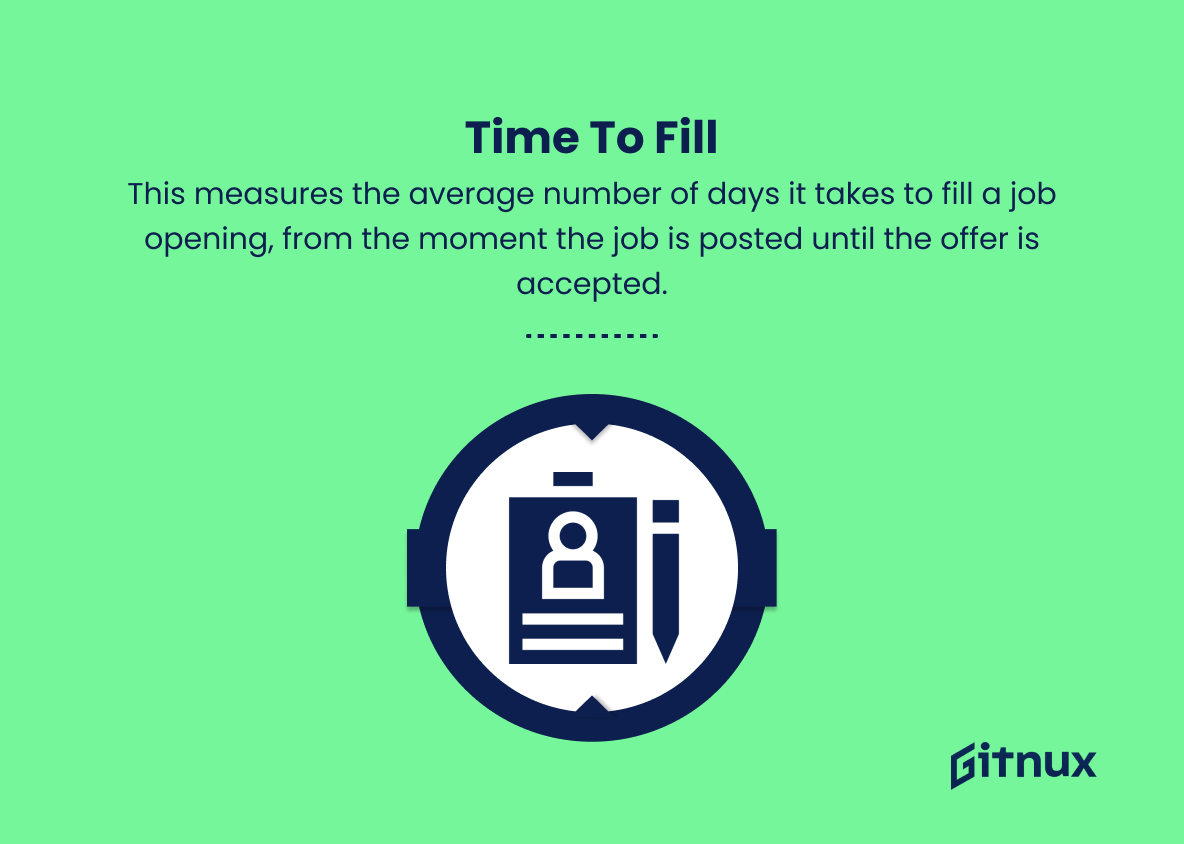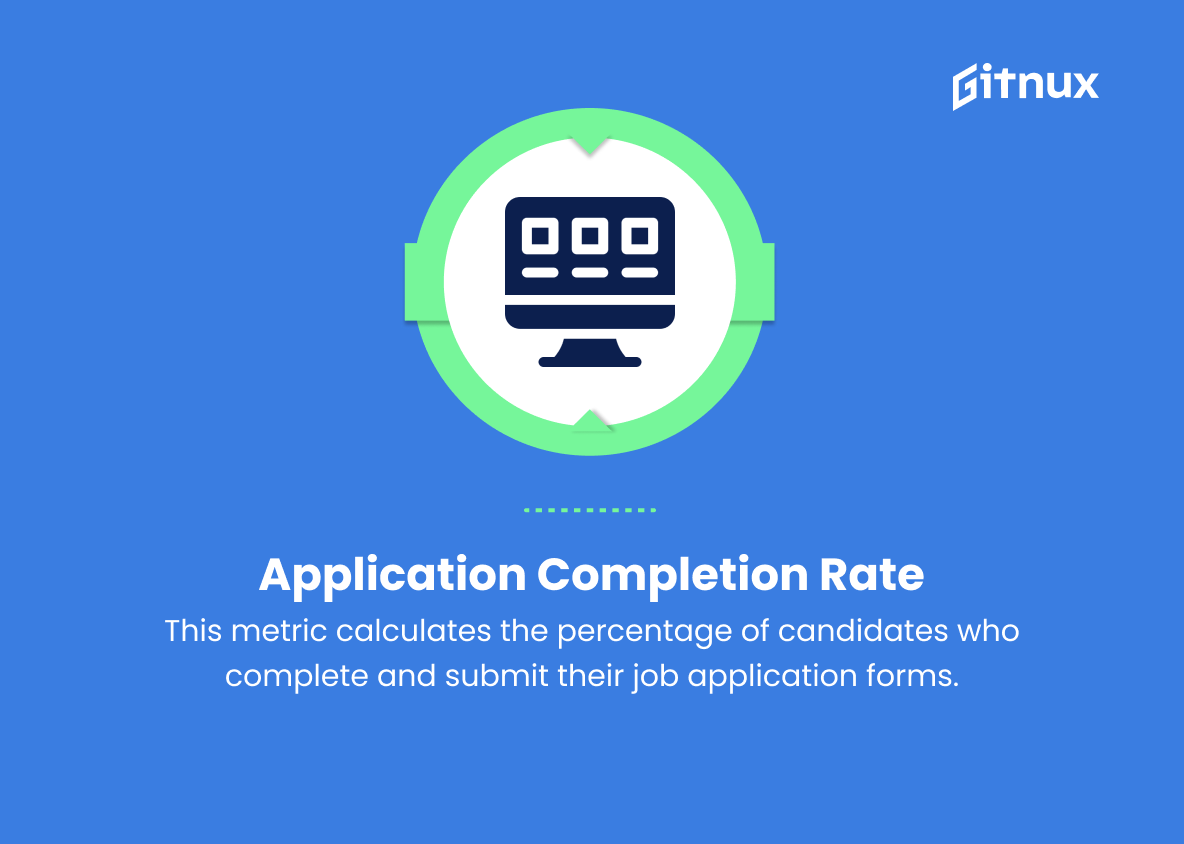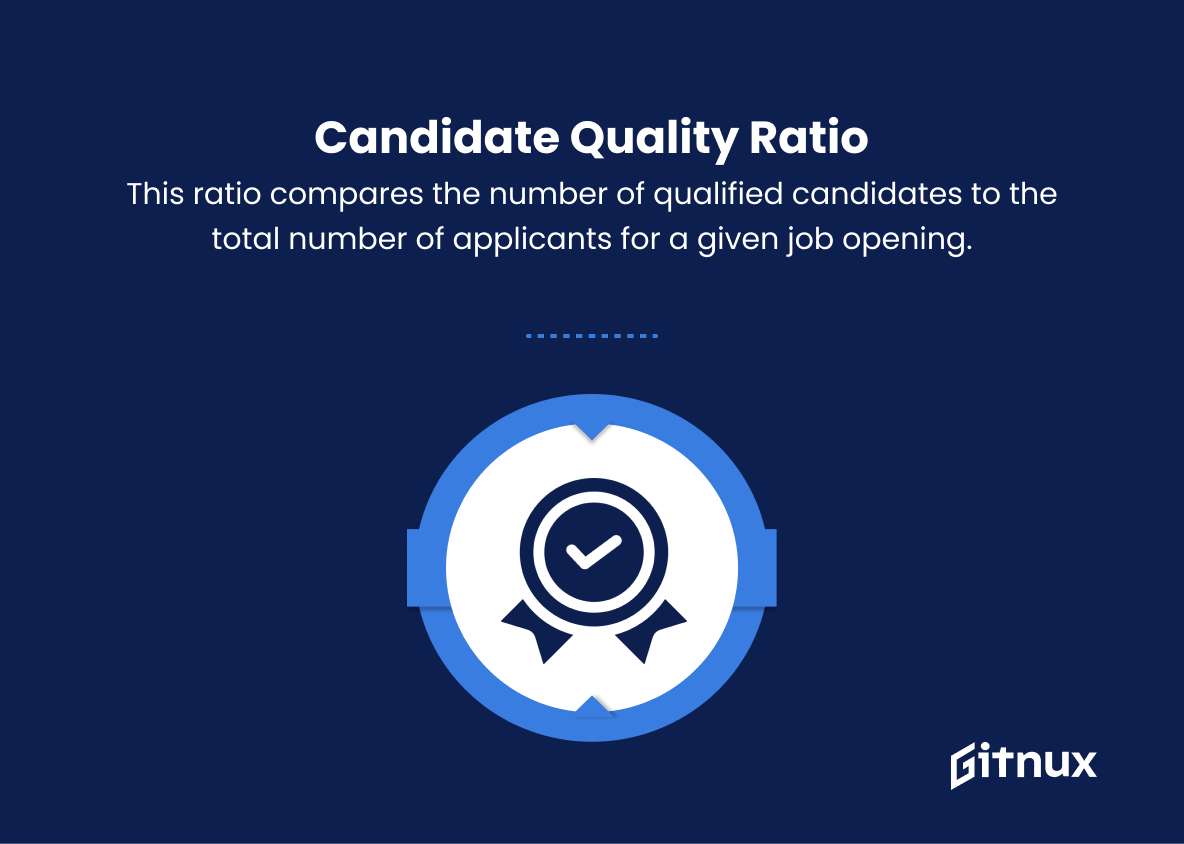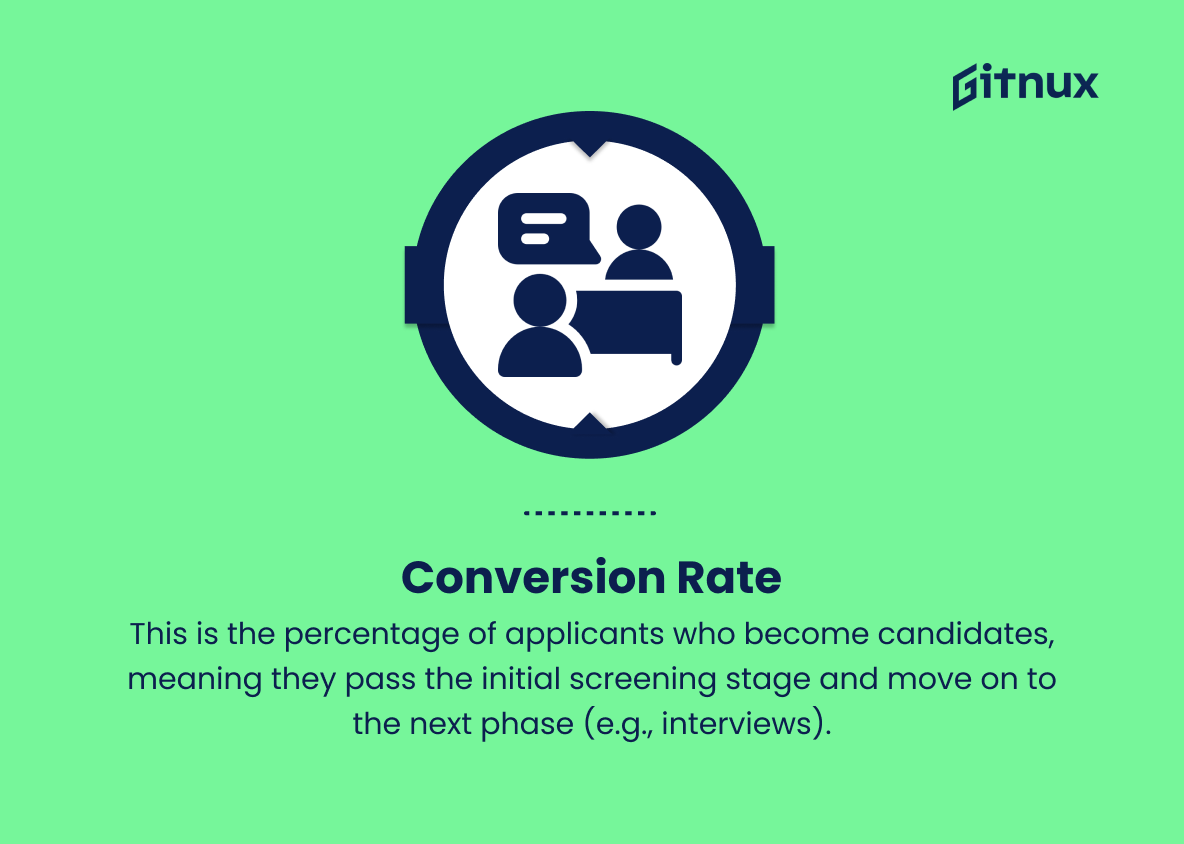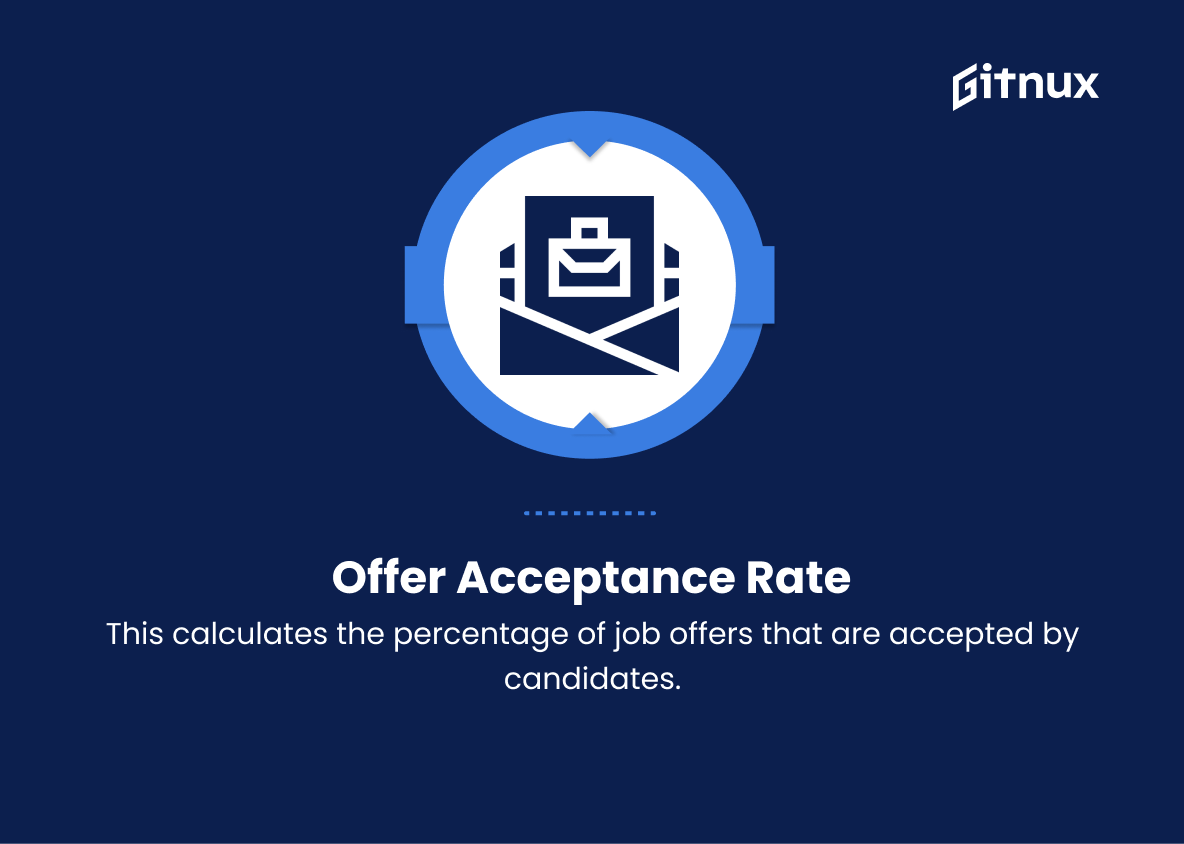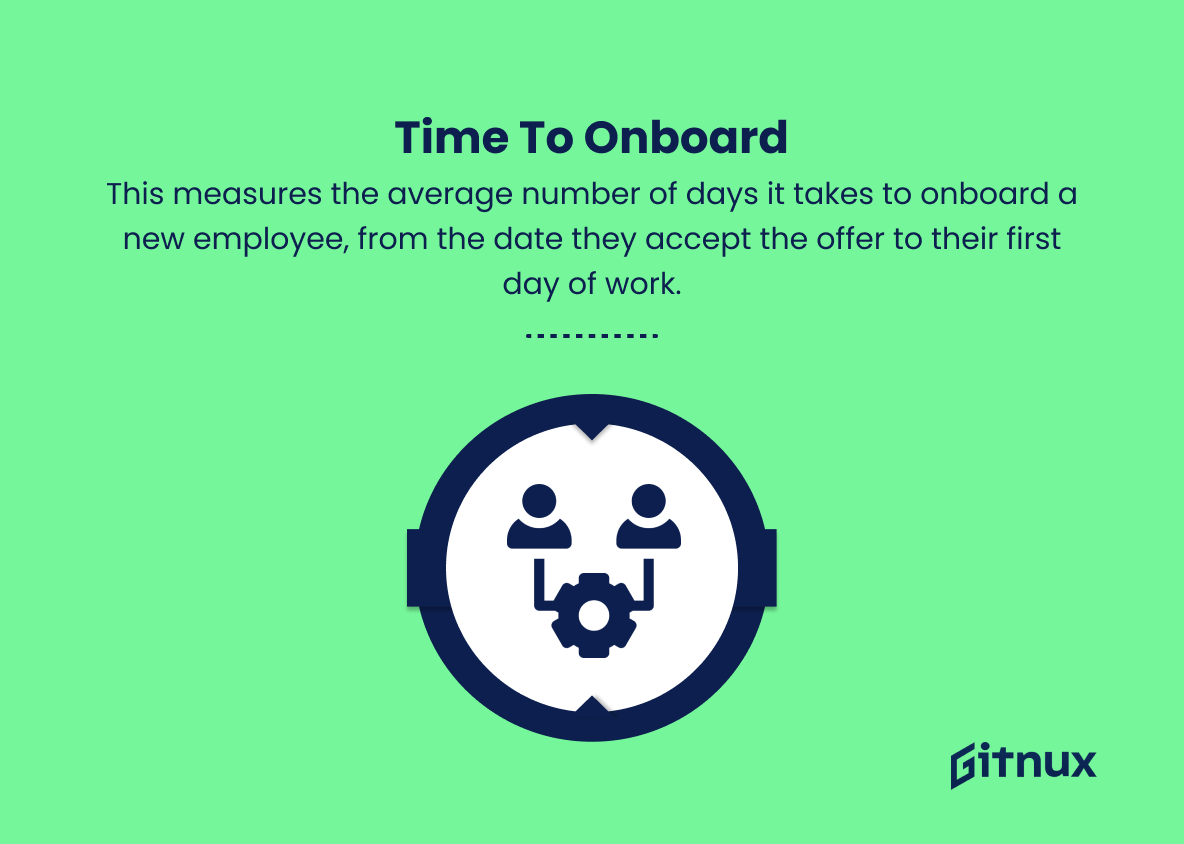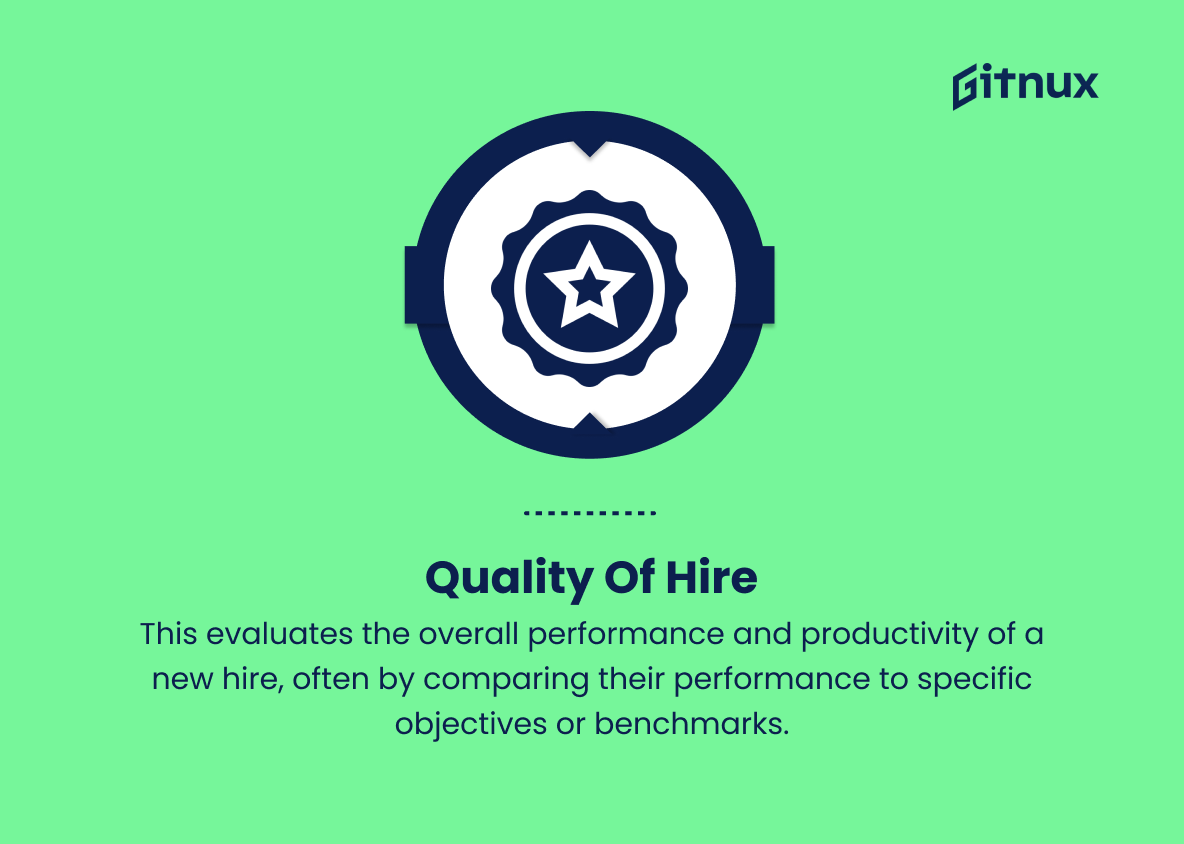In today’s dynamic and competitive business landscape, a robust recruiting process is crucial to attracting, engaging, and retaining top talent. As organizations continue to refine their hiring strategies, data-driven decision-making has emerged as an integral part of optimizing recruitment efforts. One of the most effective ways to assess and improve this process is through a deep understanding of recruiting funnel metrics.
In this blog post, we will explore the crucial role of these metrics in enhancing recruitment efficiency, identify the key indicators to track, and share insights on how to leverage them for better talent acquisition outcomes. Join us as we delve into the world of recruiting funnel metrics and uncover the secrets to a successful, data-driven hiring approach.
Recruiting Funnel Metrics You Should Know
1. Source of Applicants
This metric tracks the sources from which applicants find your job postings, such as job boards, social media, or referrals. This helps identify which channels are most effective in attracting candidates.
2. Time to Fill
This measures the average number of days it takes to fill a job opening, from the moment the job is posted until the offer is accepted. The aim is to optimize the process and shorten the time to fill.
3. Application Completion Rate
This metric calculates the percentage of candidates who complete and submit their job application forms. A low completion rate may indicate issues with the application process or candidate experience.
4. Candidate Quality Ratio
This ratio compares the number of qualified candidates to the total number of applicants for a given job opening. It helps assess the overall effectiveness of the recruitment process and possibly refine the requirements for the position.
5. Conversion Rate
This is the percentage of applicants who become candidates, meaning they pass the initial screening stage and move on to the next phase (e.g., interviews). A high conversion rate indicates a successful recruiting strategy.
6. Interview to Offer Ratio
This metric measures how many job interviews result in an employment offer. A low ratio could mean that the organization is not adequately screening candidates during the interview process.
7. Offer Acceptance Rate
This calculates the percentage of job offers that are accepted by candidates. A low acceptance rate might signal that the organization needs to improve its offer competitiveness or the overall candidate experience.
8. Time to Onboard
This measures the average number of days it takes to onboard a new employee, from the date they accept the offer to their first day of work. A shorter time to onboard can improve the overall candidate experience.
9. First-Year Attrition Rate
This calculates the percentage of new hires who leave the organization within their first year of employment. High attrition rates may indicate issues with the hiring process or overall employee satisfaction.
10. Cost per Hire
This metric calculates the average cost of hiring a new employee, including recruitment expenses, onboarding costs, and training. Reducing the cost per hire can make the recruiting process more cost-effective.
11. Quality of Hire
This evaluates the overall performance and productivity of a new hire, often by comparing their performance to specific objectives or benchmarks. A high-quality hire positively impacts the organization’s overall success.
12. Referral Rate
This measures the percentage of new employees who were referred by existing employees. A high referral rate indicates a strong employee network and possibly better candidate fit.
13. Passive Candidate Conversion
This tracks the percentage of passive candidates (those not actively job searching) who enter the recruiting funnel and ultimately become hires. Passive candidate conversion is especially important when targeting specialized skills or top talent.
Recruiting Funnel Metrics Explained
Recruiting funnel metrics are essential in evaluating and optimizing the effectiveness of the hiring process. By tracking the source of applicants, organizations can identify the most effective channels for attracting candidates, while Time to Fill helps monitor the efficiency of the recruitment process. The Application Completion Rate and Conversion Rate show the success of the application process and initial screening, while the Candidate Quality Ratio and Interview to Offer Ratio provide insight into the overall effectiveness of identifying the right candidates.
The Offer Acceptance Rate, Time to Onboard, and First-Year Attrition Rate help gauge the candidate experience, offer competitiveness, and employee satisfaction. Metrics such as Cost per Hire, Quality of Hire, Referral Rate, and Passive Candidate Conversion help organizations gain insights into the financial aspects, productivity, employee network strength, and ability to attract specialized skills or top talent in their recruitment strategies. By analyzing these key metrics, businesses can refine their hiring process, attract better candidates, and improve overall organizational success.
Conclusion
In this increasingly competitive job market, understanding and utilizing recruiting funnel metrics has become more critical than ever. By tracking and analyzing key performance indicators, organizations can optimize their recruitment processes, drive better results, and make well-informed decisions. By focusing on metrics such as conversion rates, time to hire, source of hire, and more, businesses can strengthen their talent pool and remain on the cutting edge of their industries.
Ultimately, investing time and resources into monitoring recruiting funnels will lead to a more efficient and effective hiring process, ensuring your company continually secures top talent.
